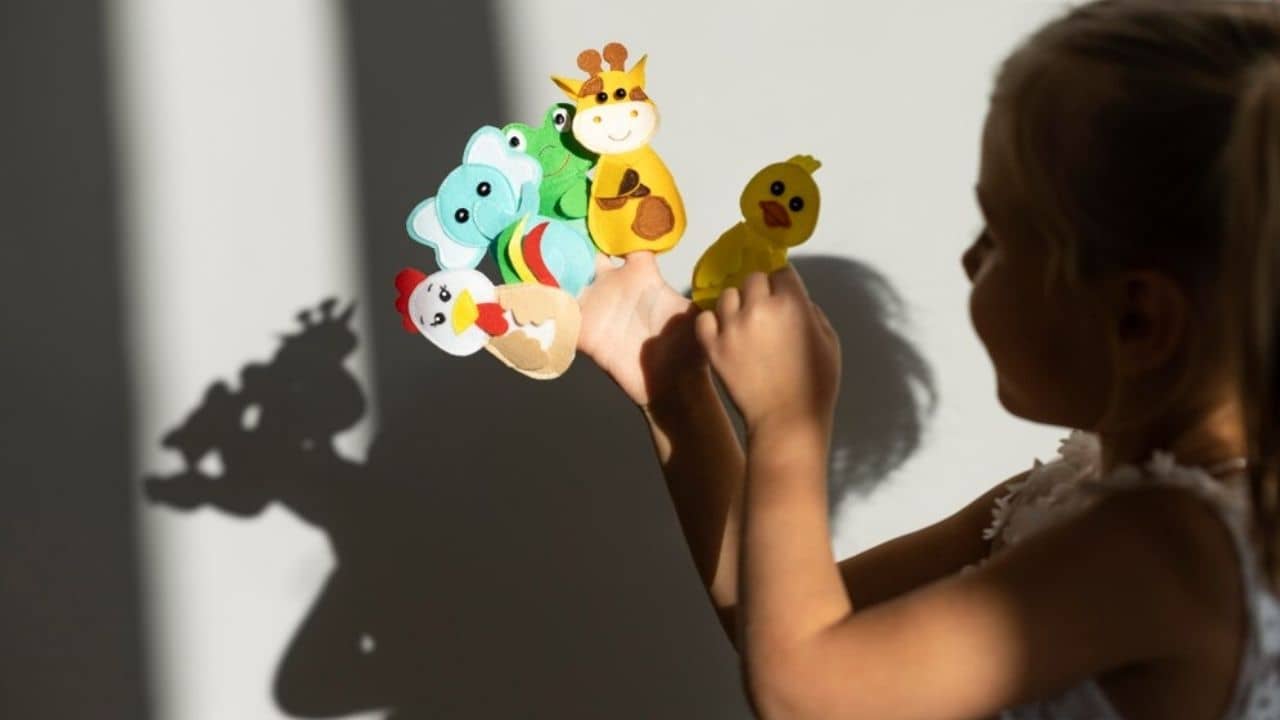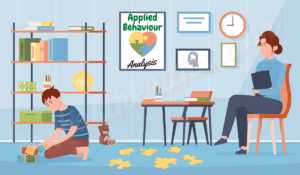Navigating the world can be a complex experience for children with special needs. Managing behaviors can add another layer of challenge, for both caregivers and the child. However, there’s a powerful approach that focuses less on punishment and more on fostering positive development: positive reinforcement.
This blog post delves into the world of positive reinforcement techniques, specifically tailored for managing behaviors in special needs children. We’ll explore how this approach works, its numerous benefits, and practical strategies you can implement to create a more supportive and encouraging environment for your child to thrive. By focusing on celebrating positive behaviors, we can empower them to build confidence, develop essential skills, and navigate challenges with greater success.
Positive reinforcement techniques
Positive reinforcement is a powerful tool for shaping behaviour and promoting positive outcomes in individuals with Autism Spectrum Disorder (ASD). This chapter explores various positive reinforcement techniques that parents can employ to encourage and effectively reinforce desired behaviours.

1. Identify and Define Target Behaviours:
- Identify and define the specific behaviours you want to encourage.
- Ensure that the behaviours are observable, measurable, and achievable.
2. Select Appropriate Reinforcers:
- Identify individualized reinforcers that motivate the person with ASD.
- Consider preferences, interests, and sensory sensitivities when selecting reinforcers.
3. Use Tangible Rein forcers:
- Offer tangible items or activities as reinforcement.
- Tailor the reinforcement to match the individual’s preferences, such as a favourite toy or activity.
4. Incorporate Social Reinforcement:
- Provide positive social interactions and praise as reinforcement.
- Use verbal praise, gestures, or social attention to acknowledge and reinforce desired behaviours.
5. Utilize Token Systems:
- Implement token systems where individuals earn tokens for displaying positive behaviours.
- Exchange tokens for predetermined reinforcers once a specific number is accumulated.
6. Establish a Token Economy:
- Create a structured token economy within the daily routine.
- Clearly outline the behaviours that earn tokens and the corresponding reinforcers.
7. Reinforce Immediately:
- Reinforce the desired behaviour immediately after it occurs.
- Provide immediate feedback to strengthen the connection between the behaviour and the reinforcement.
8. Gradually Fade Reinforcement:
- Gradually reduce the frequency of reinforcement as the behaviour becomes more consistent.
- Move from continuous reinforcement to intermittent reinforcement over time.
9. Use Natural Reinforcers :
- Identify and incorporate naturally occurring reinforcers in the environment.
- Connect positive behaviours with naturally enjoyable outcomes.
10. Reinforce Small Steps and Progress:
- Reinforce small steps and incremental progress toward the target behaviour.
- Celebrate achievements along the way to maintain motivation.
11. Combine Multiple Reinforcers:
- Combine different types of reinforcers for a more comprehensive approach.
- Use a combination of tangible, social, and activity-based reinforcement.
12. Include Choice and Autonomy:
- Offer choices to provide a sense of autonomy.
- Allow individuals to select among different reinforcers to increase engagement.
13. Vary the Reinforcement Schedule:
- Use a variable reinforcement schedule to maintain motivation.
- Reinforce behaviours on an unpredictable schedule to prevent habituation.
14. Maintain Consistency:
- Ensure consistency in delivering reinforcement.
- Coordinate with other caregivers and professionals to maintain a unified approach.
15. Monitor and Adjust Reinforcement Plans:
- Regularly monitor the effectiveness of reinforcement plans.
- Adjust the reinforcement strategy based on the individual’s progress and changing needs.
16. Link Reinforcement to Personal Goals:
- Connect reinforcement to personal goals and individualized objectives.
- Ensure that the reinforcement aligns with the individual’s broader aspirations.
17. Incorporate Social Stories:
- Integrate social stories that highlight the positive outcomes of desired behaviours.
- Use narratives to reinforce the connection between actions and positive consequences.
18. Celebrate Achievements:
- Celebrate achievements and successes.
- Acknowledge and celebrate milestones to boost self-esteem and motivation.
19. Involve Individuals in Goal-Setting:
- Involve individuals in setting their own goals and choosing reinforcers.
- Encourage self-determination and active participation in the reinforcement process.
20. Maintain a Positive and Supportive Environment:
- Foster a positive and supportive environment.
- Create a setting where positive behaviours are consistently acknowledged and rewarded.
By incorporating these positive reinforcement techniques, parents can create a supportive and motivating environment that encourages positive behaviour and skill development in individuals with ASD. Consistency, individualization, and ongoing assessment are key elements in maximizing the effectiveness of positive reinforcement strategies.




